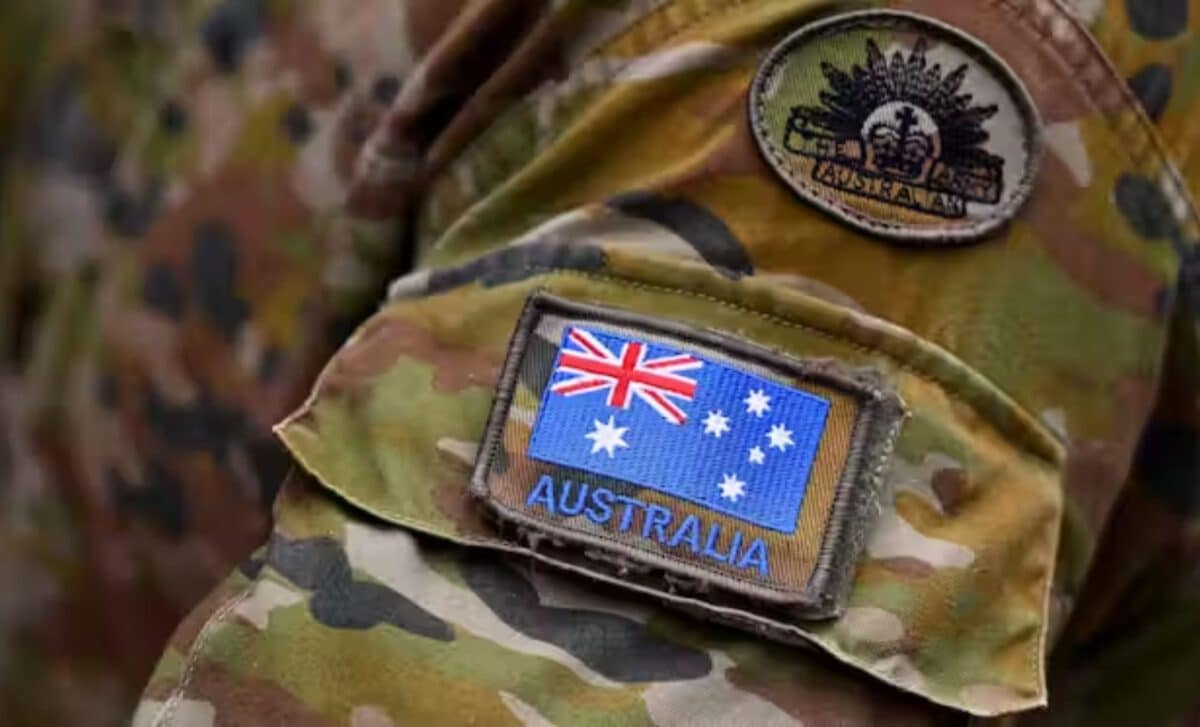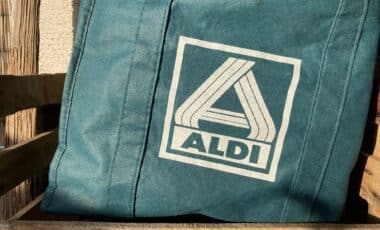Calls are growing for Australia to recognise toxic burn pit exposure as a contributing factor to cancers and respiratory diseases among military veterans.
While the United States has legislated presumptive links between burn pits and serious health conditions, Australian veterans remain without official acknowledgment or compensation.
According to ABC News, the US military operated more than 200 open-air burn pits across Iraq and Afghanistan, used to dispose of hazardous materials, including plastics, chemicals, munitions, and medical waste.
Australian soldiers stationed alongside US troops were also exposed, yet their illnesses are not considered service-related. Many are now urging the government to follow the US model of automatic recognition and compensation.
Lack of Recognition Leaves Veterans Without Support
Despite mounting evidence of long-term health risks, Australia has yet to acknowledge burn pit exposure as a cause of cancer and respiratory illnesses.
According to the US Department of Veterans Affairs, conditions such as brain cancer, lymphomas, and lung disease are now presumed to be linked to burn pit exposure, allowing veterans easier access to healthcare and compensation.
In contrast, Australia’s Department of Veterans’ Affairs does not consider toxic exposure a valid causative factor for illnesses like brain cancer.
Former Australian Army logistics officer Brett Green, diagnosed with brain cancer at 34, was deployed to Kandahar Airfield in Afghanistan, where a burn pit operated continuously. Despite having no family history of the disease, his compensation claim has been rejected.
Veterans Affairs Minister Matt Keogh defended Australia’s approach, stating that compensation is based on “sound medical scientific literature” rather than legislative presumptions.
However, epidemiologists and advocacy groups argue that exposure to burn pits is difficult to quantify, making it nearly impossible for veterans to prove direct causation.
Calls for Reform and a National Exposure Register
More than 39,000 Australian troops served in Afghanistan and over 20,000 in Iraq, with a 2012 Defence Department survey revealing that 79% of Afghanistan service members and 59% of Iraq personnel reported exposure to smoke from waste incineration.
Yet, without clear records, many veterans struggle to provide evidence of exposure when seeking medical support.
According to Professor Adrian Esterman from the University of South Australia, a burn pit exposure register—similar to the one established in the US—would help track cases, identify health trends, and support veterans’ claims.
Currently, Australian personnel can record exposures in their medical files, but there is no dedicated system to monitor long-term effects.
With some veterans requiring lifelong treatment and facing uncertain futures, the lack of recognition remains a source of frustration. Brett Green’s wife, Amber, questioned the disparity, stating:
“What I would ask is why we’re not being viewed as the same as the US? What is the discrepancy there? Doesn’t make sense to me.”









